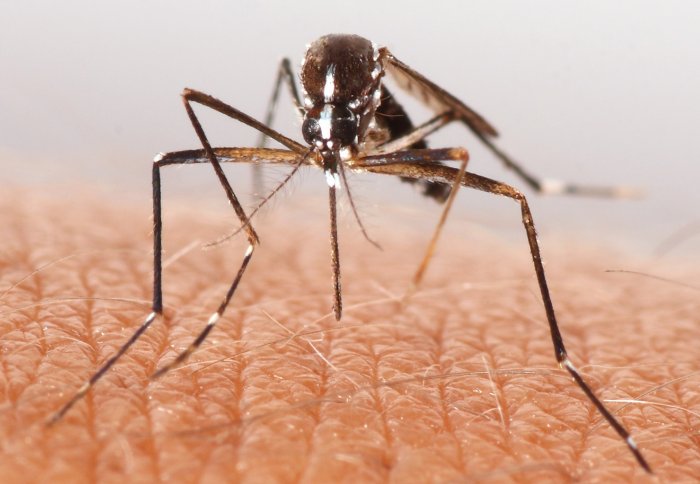

A deeper understanding of the behaviour of the insects that carry the world's deadliest infections could help tackle the spread of diseases.
Every year diseases like dengue fever and malaria claim the lives of millions across the world. Insects such as mosquitos carry these diseases, unwittingly transmitting them to humans through the blood stream. What is currently little understood is how disease-carrying insects, known scientifically as vectors, behave.
The more we understand about vector behaviour, the better we are able to deal with it and protect those who may be vulnerable to disease.
– Dr Lauren Cator
In a new transatlantic research project, experts from Imperial College London and University of South Florida are working together to explore, analyse and model disease-carrying insect behaviour – potentially offering a better understanding of how diseases are spread. In time, this could lead to the development of new strategies to help avoid infections and ultimately save lives.
The Vector Behaviour in Transmission Ecology (VectorBiTE) study is being led by Dr Lauren Cator, from Imperial’s Department of Life Sciences and is funded by the BBSRC in the UK and a number of funding bodies in the USA, including the National Institute of Health and USDA.
Dr Cator explains the importance of the project: “Typically people don’t care how disease carrying insects behave, they just want to kill them. Understanding the behaviour of vectors like mosquitos has enormous potential in improving our understanding of infection dynamics. Ultimately, the more we understand about vector behaviour, the better we are able to deal with it and protect those who may be vulnerable to disease.”
Biting behaviour
One specific area of focus for Dr Cator and colleagues will be to explore the biting rate of disease-spreading insects. The rate of biting is clearly linked to the spread of diseases.
As insects age, become infected or experience environmental changes, their biting rate changes. Scientists are interested in how this observable change in behavior affects the spread of diseases. It is hoped that during the project researchers will be able organize new data collection, create new modeling tools, and more accurate predictions of insect behavior.
It is not just insect behaviour that is being studied. During the five-year collaboration, teams from a number of scientific disciplines will work together to create new and more detailed theoretical models of how insects, humans and the environment interact. The nature of these interactions could help us understand how diseases are spread, and enable us to develop strategies to fight back.
A key part of the project is the creation of a publically accessible online database bringing together the results of similar insect-behaviour modeling research data and findings. The team believes that this freely available data and information could help stimulate the creation of new and exciting projects to further explore the fascinating lives of these deadly insects.
Supporters

Article text (excluding photos or graphics) available under an Attribution-NonCommercial-ShareAlike Creative Commons license.
Photos and graphics subject to third party copyright used with permission or © Imperial College London.
Reporter
Hayley Dunning
Communications Division

Contact details
Tel: +44 (0)20 7594 2412
Email: h.dunning@imperial.ac.uk
Show all stories by this author



